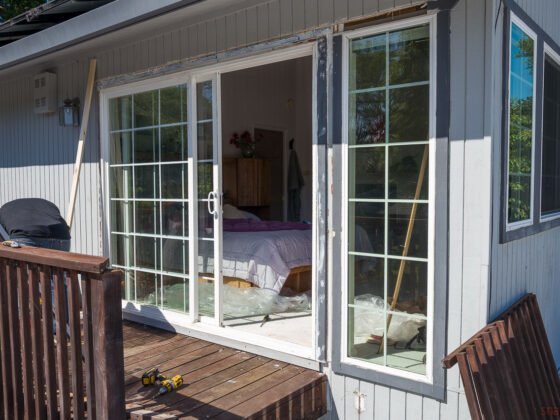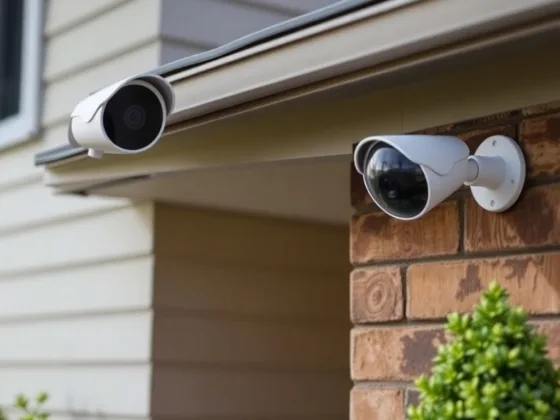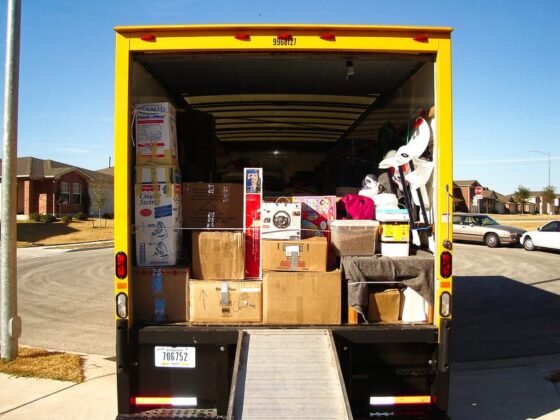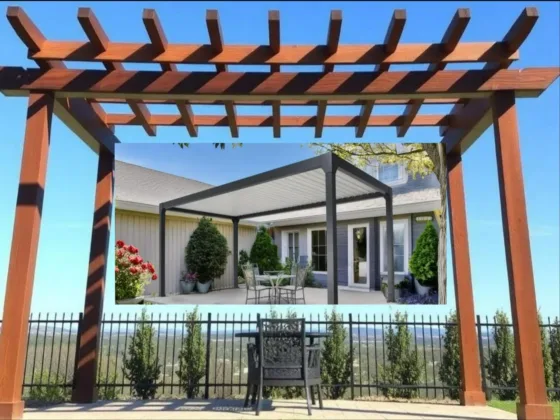Table of Contents Show
America is experiencing a fast solar revolution, with over 4 million homes expected to have solar by 2023. That’s a million more homes than the total number of solar installations in 2021.
Considering that it took roughly four decades for solar panel installations in the US to cross the 1 million mark, it’s clear that Americans are embracing solar more than ever before.
But before you proceed to look out for a professional Tampa solar installer, it is imperative to have a bird’s eye view of expenses to avoid those oops moments later. This post introduces some great talk on solar panels and their other associated aspects that you must be aware of to harness the most benefits.
Solar panels are trending in various cities and states, in both residential and commercial establishments. Installing solar panels make for an excellent investment as they save money and decrease carbon footprint, thereby benefiting the environment. Hence, many people consider solar panel installation in their homes. In addition, many solar panel companies are offering top-quality products and warranties.

In 2022, America will continue to install solar panels in unprecedented numbers. A colossal 44 gigawatts of utility-scale solar is expected to be produced, which is almost double the figure in 2021. That’s enough solar energy to power 18 million homes.
For homeowners installing solar panels this year, the issue of solar panel prices will be at the forefront. To help take the guesswork out of the equation, we’ve prepared this guide on the current cost of solar panel installation.
Generally, the cost of installing home solar panels depends on the following factors.
Solar Cell Type
One of the primary determinants of the overall cost of installing solar panels is the specific solar cell type you choose. Homeowners can choose from three basic types:
- Monocrystalline cells
- Polycrystalline solar cells
- Thin-film solar cells
Thin-film and polycrystalline solar cells cost less than monocrystalline cells. Thus, using monocrystalline panels will mean that you have to pay more for the overall project cost. However, they are the best solar panels of the three options as they have a much better energy output than their cheaper counterparts.
Read Also:
Type of Installation
Homeowners can choose from a variety of solar panel installation types. Most homeowners choose roof mounts. These mounts cost less than other types of mounts.
Some people opt for ground mounts or carport installations. These installations allow more efficient space utilization and protect solar panels from elements. Given that these installations often require additional posts that are anchored into the ground, the installation tends to cost more.
That’s because of the extra components and additional labor required for the installation. You can contact SunPower By Custom Energy Solar for more information about the types of solar installations and the costs. They can walk you through the benefits of each and help you narrow down which method will suit your needs best.
Type of Mounting System
Another component many people don’t give much thought to when doing solar installations is the mounting system. The mounting system is what your solar panels will attach to.
If you opt for roof mounting, the type of mounting system you choose will depend on what type of roof material you have. Roofs that are difficult to penetrate to allow installation will require ballast mounting.
However, roof-mount solar panels provide additional protection for the house. They limit your roofing system’s undue exposure to harsh environmental elements, so there is reduction in the wear and tear that your roof incurs to extend its life span.
For residential installations, mounting systems range from fixed to ballast to pole. In commercial installations, you can choose between adjustable and tracking mounting systems.
In terms of cost, fixed mounting systems are the cheapest, with many going for as low as $10 per panel. Tracking systems are by far the most expensive, with some brands costing up to $1,000 per panel.
Number of Panels
For most residents, investing in solar is meant to offset most or all of their energy consumption. The more energy production you need, the more solar panels and equipment your system will need. Usually, larger homes require more solar panels, which ultimately translates to higher installation costs.
Sometimes, the reason you need more solar panels is because of your environment and the climate in your region. If your home experiences lots of shade, you’ll need more panels to produce more energy. A home in an open area that gets lots of sunshine will require fewer solar panels to produce the required energy.
You can talk to a professional solar panel installer or company to determine the number of panels necessary to supply solar energy to your household. Many solar panel companies offer a free estimates as part of their services. You’ll also find relevant solar panel information on the blog or FAQ section of their websites.
Your State of Residence
Solar installation costs vary from state to state. Certain factors are responsible for this, including the cost of materials and equipment in your state of residence. Average labor costs also vary depending on the region.
Thus, what you pay to install solar panels in Iowa may vary significantly from what you pay to install solar panels in other states. Read about the current wave of solar panel adoption in Iowa by clicking on the link.
Tax Incentives
There are certain times when the government may decide to offer tax incentives to homeowners who switch to solar. 2022 is one of those years.
US homeowners who install solar systems in 2022 can enjoy a 26% tax credit. If you wait until 2023 to install residential solar panels, the tax credit is reduced to 23%. These tax credits will expire in 2024, so now’s the time to take advantage.
So, when you install a solar system today, you can claim 26% of your total project costs, such as equipment, permits, and installation as a tax credit on your tax return. For instance, if you spend USD$10,000 on your solar system, you owe USD$2,600 less in federal taxes the following year.
Once you’ve installed your residential solar system, you can claim your solar energy credit on your federal income taxes. In so doing, you get to reduce the cost of your solar panel installation.
Some states and utility companies also offer cash rebates to encourage people to invest in solar panels. Find out whether these rebates are available to you and reduce your solar panel installation costs.
Add-Ons
With a solar panel system, you have access to a never-ending energy source, at least during the system’s lifetime. Some people go further to adopt techniques that help them fully utilize their solar system’s potential. There are add-on options that can help you do so.
For instance, you can add a top-quality battery system to help store excess energy. This way, you have enough energy stored for cloudy days. Other popular inverters include solar panel voltage optimizers and inverters.
The thing to keep in mind here is that solar panel add-ons push the overall installation cost higher. If you’re working on a budget, it’s best to avoid these add-ons altogether.
Budget Well When You Intend to Install Solar Panels
As you’ve seen, there isn’t a straight answer when it comes to the cost of installing solar panels. Many factors come into play. Consider each of these factors carefully so you have a better estimate of how much you’ll need to install solar panels.
Did you enjoy reading this article? Keep visiting our blog for more interesting content.










